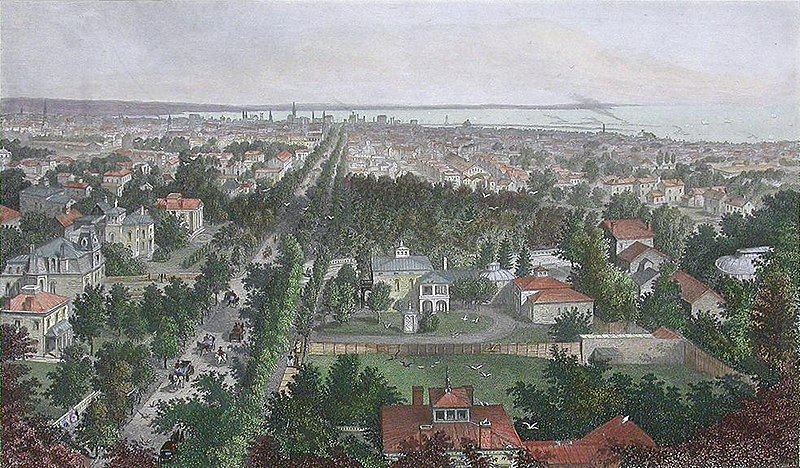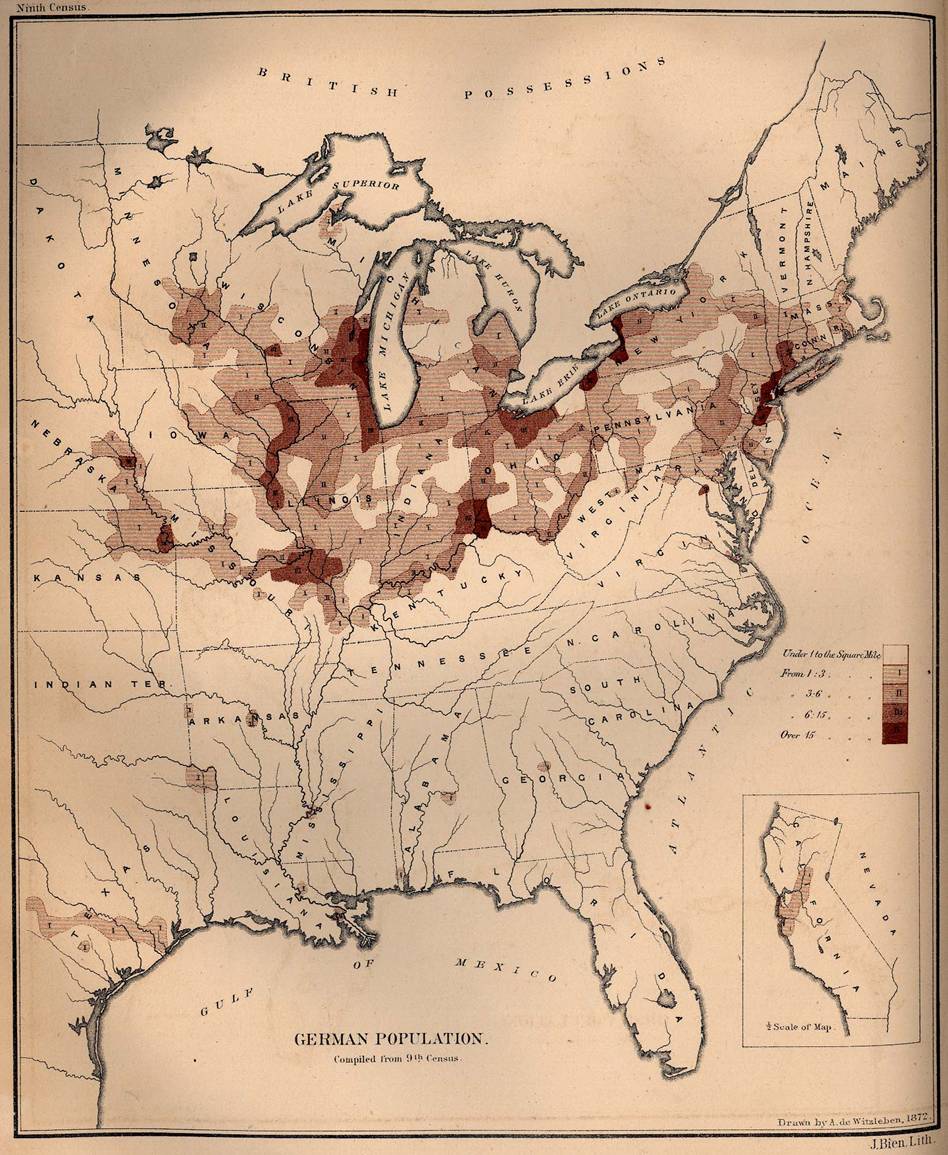The last great wall of the hills lay stark above him. As he left the dreary little station and stared into the greasy lamplight of a country store, Oliver felt that he was crawling, like a great beast, into the circle of those enormous hills to die." -Thomas Wolfe, Look Homeward Angel
I seem to be meandering through an early 20th century through World War II season...
Grace and I read a few chapters of Anne Frank the other day---I had forgotten the immediacy of her diary, the ice cold grip of it. Adults are built to handle strain, but the injustice of a 15 year old girl's shattered world is a dark place to dwell indeed.wandering through connections between the World Wars and immigration, the movement of generations as they settled into America
Then Briggs told me about a posthumously published short story he's reading of Thomas Wolfe's that mentioned the tension in Germany in the 1930's. He thought it interesting that Wolfe was so in touch with what was going on in Germany at the time. Later on, reading about Wolfe, I discovered he made a trip there in 1935.
Also, it sounds stupid, but it's taken me this long to really think about the notion of my father being born in the middle of World War II, but there you have it. Why do we have such a tendency to put history on a shelf and keep it disconnected from our own "history." Personal history and public history are more intimately connected than most of us care to believe. We prefer to view our lives as rising above the tide of public history, but the truth is that we stay drenched with its waves.
Riding another wave, yesterday when reading about Elijah in 2 Samuel, I stumbled across some of Marc Chagall's works. Although I have a passing familiarity with the name, I was mostly unfamiliar with his heritage and work.
I'm always on the hunt for sincere Biblical art that speaks to me across the ages and medium. We visited the Bob Jones University Art Museum back in December, and I wish that early Christian art-- the icons did more for me....most of early Christians and Medieval church art (outside of the gorgeous but impersonal Cathedrals) fail to inspire much in me. Perhaps that's what rubs me wrong about that art...there is so little of the individual's stamp on it---it's mostly very much someone else's idea of what is holy and beautiful. But, Tissot speaks to me in his 19th century art, and now Chagall in his 20th. In the vast tide of church art, it's sad to find only a handful of pilgrim artists that touch me, but it makes their friendship all the dearer. Chagall's wispy lines, patches of color and sense of movement is lovely, whimsical, and humanizing in the face of the stiff gold-haloed crowd.
 |
| Chagall Museum, Nice, France |
Chagall had a fascinating life---lived from 1887-1985--what a span! He was from a small village in Russia which left its stamp on his art throughout his life, yet he also experienced the transitional and bohemian Paris art scene of the late 19th and early 29th centuries--the remnants of Impressionism combined with elements of Cubism and Surrealism all find their home in his art. As a Jew living in France, he faced persecution during the Second World War and after much prompting and help, escape to New York City with fake documentation. After a handful of years there, he returned to the warmer coasts of France (not Russia!) and lived out the rest of his life as a naturalized French citizen. Chagall ignored many of the expected conventions of an artist, and I appreciate this about him, as I think too many artists these days are arrogant snobs...at least from what I've seen locally. They seem to tolerate the public as a necessary evil instead of relating to or heaven forbid, enjoying the common people. Chagall does not strike me as a snob.
He also worked in a variety of mediums--not only in paintings and drawings, but in the brilliant colors of stained glass. He was a modernist, yet steeped in Jewish tradition and honoring of Christian imagery as well, though I am not clear about his assessment of Christianity itself. He was not impressed with the Christian response to the Holocaust, didn't think that the artists stuck their necks out enough for the Jews...this is probably true in retrospect, though none of us are very good at sticking out necks out when we need to...are we?
Chagall...Anne Frank...and then reading Thomas Wolfe who paints with a different impressionistic brush. Yes, I see how James Joyce was one of his heroes---they share the same wandering style. It reminds me of another Woolf....Virginia, as well. As a person far from the home city of my birth, I can relate to his longings to trace the lines of how he got to where he was...the desire to link it all together.
 |
| City of Buffalo, a steel engraving from a study by A. C. Warren, engraved by W. Wellstood and published in Picturesque America, D. Appleton & Company, New York, New York 1873. |
I wish I had time and breathe to trace my family's own path to Buffalo, NY in the mid 19th century. As Thomas Wolfe's father crawled into the bowl of Asheville, the German carpenters of my line landed on Michigan Avenue in downtown Buffalo. Nowdays that land is in the middle of a huge hospital district...mostly asphalt, but I like to think of the romance of the handful of facts I do know. A group of Germans settled on that street and my Great Grandfather Frank, met my Great Grandmother living next door to her there. Frank crawled out of the city, and Harold crawled farther out again. My father's generation one circle wider, then his own journey out of Buffalo in his generation holds its own melancholy and ambition. A story for another day. A long one, no doubt, as Wolfe would say.
The paths and lines of all this figures floating in my mind....people trying to live out their own personal truth in the midst of larger movements. For Wolfe---it goes back to a desperate drunk who dreamed of carving angels and climbed into the great bowl of Asheville. For Anne Frank, it was a young Jewish girl of the cusp of young womanhood who wanted to live out her private life in peace, but was instead drown in the Tsunami of Hitler and World War II. It is the story Chagall, a Russian Jew who lived through this all somehow imperviously...a man who was gifted with long life to follow his artistic motions to their end...something Wolfe, and certainly Frank were denied.

Me? I'm a girl from Buffalo who married a North Carolingian. Torn from Buffalo in a sense, but in the broader landscape of historical migrations, Buffalo had served its purpose--in retrospect, it was time for my generation to go. There is little there to keep us---gray skys, a depressed economy, and lake-effect snow? Meanwhile, I've found my own measure of peace and protection in the same circle as Wolfe's father. Funny how one generation crawls in and another crawls out....we all have to find our place.
Asheville itself is an interesting puzzle to turn in one's mind. It grew steadily from 1880 through the 1920's, which Buffalo did as well. It had a huge fall of banks during the Great Depression and stagnated for decades, even declining a bit. But unlike Buffalo, Asheville is rising. As much as Buffalo's geography and disadvantages it, Asheville's recommends it. There is a story in there for sure...of people and generations yet to be told.
It all does come full circle in the way that Wolfe suspects. Where Thomas Wolfe felt the hunger to climb out, I longed to climb in. His roots are here despite his travels and surely my own touch back to Buffalo. Still, I count my movement good progress in the long line of migration--the timeless nature of the mountains is surely stronger in me than a port city on a flat lake.
"In the haunting eternity of these mountains, rimmed in their enormous cup, he found sprawled out on its hundred hills and hollows a town of four thousand people."
-Thomas Wolfe, Look Homeward Angel

| Historical population | |||
|---|---|---|---|
| Census | Pop. | %± | |
| 1870 | 1,400 | ||
| 1880 | 2,616 | 86.9% | |
| 1890 | 10,235 | 291.2% | |
| 1900 | 14,694 | 43.6% | |
| 1910 | 18,762 | 27.7% | |
| 1920 | 28,504 | 51.9% | |
| 1930 | 50,193 | 76.1% | |
| 1940 | 51,310 | 2.2% | |
| 1950 | 53,000 | 3.3% | |
| 1960 | 60,192 | 13.6% | |
| 1970 | 57,929 | −3.8% | |
| 1980 | 54,022 | −6.7% | |
| 1990 | 61,607 | 14.0% | |
| 2000 | 68,889 | 11.8% | |
| 2010 | 83,393 | 21.1% | |
| Est. 2012 | 85,712 | 2.8% | |
| Historical Population of Asheville, NC, US Census Data | |||


No comments:
Post a Comment